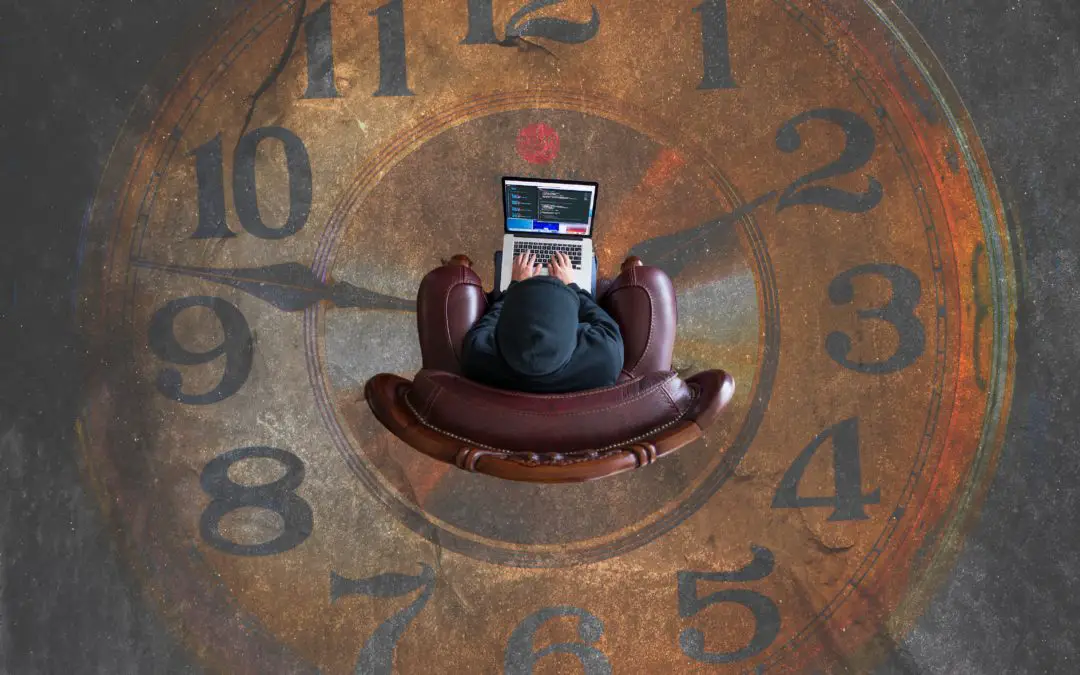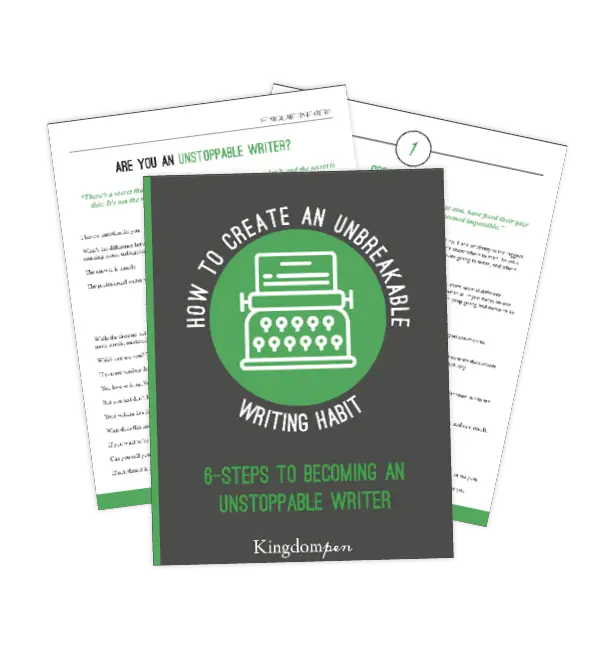By Allison Grace
The only thing crazier than trying to write 50k words in one month is trying to do it without an outline. And some of us are just crazy enough to try it.
In case you aren’t familiar with the term “pants” or “pantsing,” we aren’t talking about actual, physical pants. Pantsers are writers who don’t use outlines. They write by the “seat of their pants.”
Let me be completely transparent. I have never done NaNoWriMo. However, I have written an entire novel without an outline. (Technically, I wrote an outline and chucked it out the window so I could pants the book.)
I’m presently knee-deep in two more outline-free projects. One of them is supposed to be a novel, the other was just for fun, but is quickly becoming a novel of its own. (Why do my projects always get out of hand? XD)
Before we dive into some tips, let’s consider why you might be attempting to pants an entire novel in thirty days.
Now that we covered why you might be attempting this insane feat, let’s dive into the crazy world of outline-less NaNoWriMo.
Know the Endgame
It’s absolutely vital whenever you start working on a major project to know where you are aiming to go. Sure, you might not know exactly where it will wind up, but you need to know the general plan.
Think of writing a novel like a road trip. You don’t just pack your bags and start driving. You have a basic plan. You’re going to the beach, an amusement park, or the mountains. You might not know your exact destination, but you know you’ll wind up in the general vicinity of the Appalachians. And once you’ve arrived, you can better see exactly where you want to go.
You need a basic plan for your novel. You need to know the endgame.
To help me keep my eyes on the “endgame” I like to have a one-sentence summary of my work-in-progress.
I see some of you starting to panic. There’s no way you can summarize your dream novel in one, itty-bitty sentence.
Trust me. You can.
Boil your story down to the barest bones possible. Think of this sentence like the hook on the back of the book or the slogan you might see on a movie poster.
To show you it’s possible, take a look at these summaries I wrote:
- A group of unlikely heroes must join together to save the world from an otherworldly threat. (Avengers)
- A farm boy learns the truth about his family and falls headlong into an intergalactic conflict. (Star Wars: The Original Trilogy)
- A horribly deformed man falls in love with a beautiful opera singer. (Phantom of the Opera)
- Four ordinary children stumble into a magical world cursed with an eternal winter. (The Lion, the Witch, and the Wardrobe)
View this sentence like a mission statement. It’s a rudder to keep you on course. It’s for when you are considering following that plot bunny (more on that in a minute) or when your great aunt asks what you are writing at Thanksgiving dinner. (Because, believe it or not, most people don’t want to hear you ramble about all the nuances of your WIP. *cough*)
Put this sentence where you can see it. Maybe at the top of your document or on the cover of your notebook. Then every time you go to write, you’ll see it and be reminded where you are aiming.
(And go ahead and put this gif under it. You know you want to.)
Gif credit: Tenor
Follow All The Plot Bunnies
You heard me right. Follow them all. Embrace the crazy ideas. Let your imagination run wild.
Within reason.
If you suddenly decide to turn your sweet Victorian romance into a gritty war novel, I’d advise seriously thinking if that’s a good idea or not.
Plot bunnies are those random ideas that pop in your head and insist they must be written into your story. They range from, “What if instead of living in a forest, they lived in the Arctic?” to “OH MY GOODNESS, What if I’ve been telling this story from the wrong POV the whole time and this extremely minor side character is actually the main character?”
That last one happened to me. I’m convinced it saved my first novel.
If you’re debating whether or not to pursue a plot bunny, try making a list of pros and cons of following that trail. Ask yourself:
- How does this affect the plot at large?
- Would this require a major rewrite of everything that came before? And are you willing to make that rewrite?
- Will this change improve your story?
- Does this go against your original plan for the story? (Recall your one-sentence summary.)
Remember to ask your fellow writers what they would recommend. And be sure to pray about it. Don’t decide to make a drastic change without some serious consideration.
But plot bunnies can revitalize a dying project. They can take your story to places you never dreamed it would go. In a good way.
I have a project that was supposed to be mainly fluff but turned super deep and amazing. I love it. Thank you plot bunnies!
Leave the Plotholes
Yes, ignore the disaster you leave in your wake. (Those plot bunnies chew up your storyline like real bunnies eat the flowers in your front yard.)
You can fix your story later. All those mistakes will still be there in December. Your goal right now is to write 50k in one month. They don’t have to be good words. They certainly don’t have to be perfect. And hey, they might not even be coherent.
Your first draft is supposed to be a disaster. The first attempt at anything (or the second, or the third, or the seventy-fifth) rarely works out perfectly.
Thomas Edison famously said, “I have not failed. I've just found 10,000 ways that won't work.”
Think about Tony Stark’s Iron Man armor. His “first draft” was clunky and, er, kinda fell apart.
Gif credit: Giphy
It was nothing like the streamlined suits he wears through the rest of the movies. The first armor had one purpose--get him out of captivity. Your first draft of your NaNo novel has one purpose--get you through NaNo.
You can fix it later.
Brainstorm Throughout the Day
One of my favorite parts of writing is thinking about it. I love to “pre-write” scenes in my head before I ever sit down with my notebook.
There’s nothing worse than opening your document and having no clue what to write.
Thinking about my writing throughout the day (while getting ready in the morning, cleaning the house, washing dishes, taking a shower, in the middle of the night) really helps the words to flow when I actually go to put pen to paper.
Brainstorming while you go about your day allows you to figure out where your next scene is going to go before it’s time to write it. I’ve wasted plenty of time banging my head into the wall trying to determine how one character should reply to his best friend. If I had thought about it while mowing the lawn, I would have been able to move on instead of wondering if he should say “yes” moodily or enthusiastically.
Even when you aren’t actively spending brain power on your story, your subconscious often will come up with solutions.
Plunge Ahead
Just keep writing, just keep writing, just keep writing…
Gif credit: Giphy
Force yourself to keep working. Push yourself to get those words down. Don’t let fear hold you back. You have a word count to hit. Get to it.
I hope that as you sit down to pants your novel this November, you can do so with confidence. Remember:
Are you a panster by trade? Have you ever pantsed a novel before? Do you know the one-line synopsis of your WIP?
Allison Grace
Allison Grace used to hate writing.
Now she can’t imagine a world without telling stories.
She has written several short stories and completed a novel. Her favorite themes to write about (fiction and nonfiction) are identity, faith, and redemption. She also has a whole stash of unfinished fan fiction no one is allowed to read.
Besides writing, Allison loves to crochet stuffed animals and dolls to give to charities. She is a shameless Star Wars and Marvel nerd and can carry on an entire conversation solely in movie quotes.
She blogs at allisongracewrites.com



